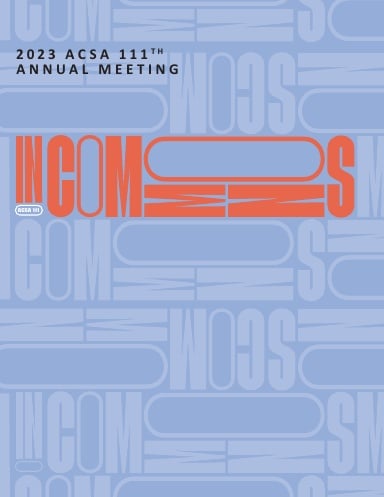Author(s): Christian Nakarado
Our exploitative models of building and design arise from misconceptions about the relationship between energy and objects. The current emphasis on efficiency, performance, and life cycle assessment are not adequate remedies for the problem. Through an analysis of Anishinaabe material harvesting techniques and building technologies, this paper contends that the lighter methods of low-carbon construction practiced in the Great Lakes region for millennia are ideal alternatives to this flawed conceptualization, because they are clear and direct in their embodiment of energy and material. It includes careful study of material life cycles of traditional birchbark precedents designed to be light and portable, to be assembled quickly, and to decompose gracefully, like wiigwaasi-jiimaanan (canoes), waaginogaan (domed lodges), and makakoon (bark vessels). These models for making hold the potential to redirect prevailing conversations among architects and designers about sustainability, transition, and resilience in ways that are more ecologically responsible and better recognize and value indigenous cultures and material practices.
https://doi.org/10.35483/ACSA.AM.111.25
Volume Editors
ISBN
978-1-944214-41-8

 Study Architecture
Study Architecture  ProPEL
ProPEL 
